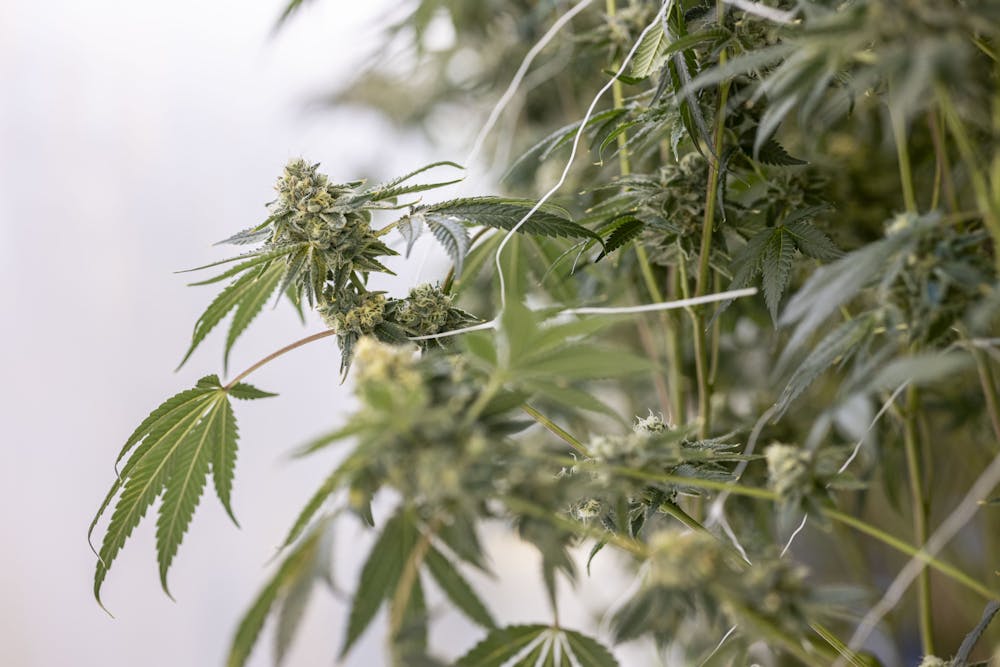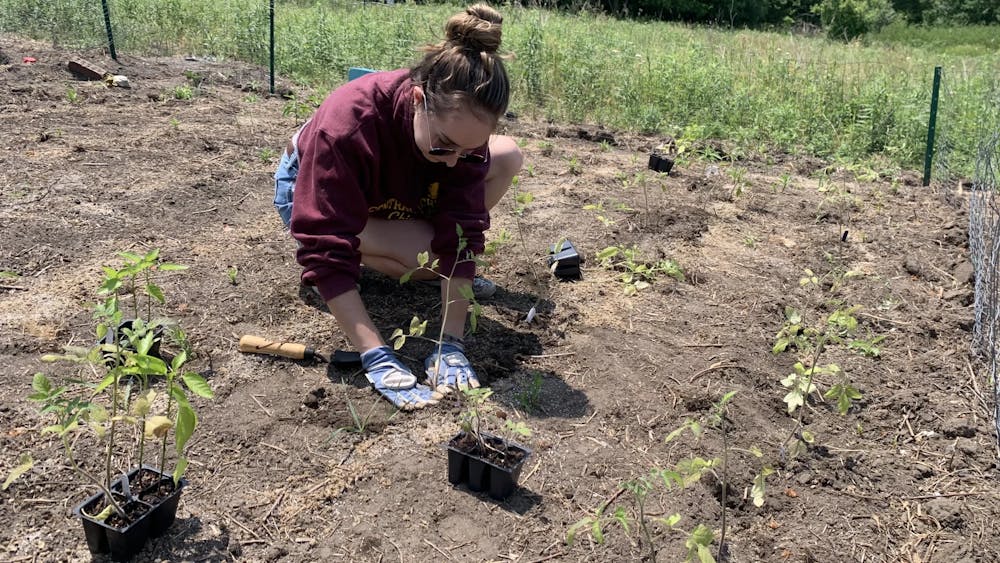The History of Cannabis
Cannabis has become more normalized in recent years, as it becomes legalized throughout the United States and has become more popular in American culture. However, there is a long history of how cannabis use got to the place it is today.
The Origin
East Asia was one of the first places where cannabis use was documented. According to the Drug Enforcement Administration Museum, the first written record of cannabis was in 2727 B.C. from Chinese Emperor Shen Nung.
The emperor included cannabis in his pharmacopeia, which is a list of medicinal drugs.
It was also common among Indian Hindus, Assyrians, ancient Greeks and Romans to be documented in their texts because it was used for therapeutic practices, according to the University of Sydney.
At first, cannabis was primarily used for medicinal purposes including pain management, inflammation and depression, the University of Sydney said.
From its first documentation, it continued to grow in popularity throughout Asia, the Middle East and certain parts of Africa.
While cannabis was first found in Eastern Asia, the drug is currently illegal in most Southeastern Asian countries. In 2022, Thailand became the first country in Asia to decriminalize cannabis.
However, Thailand is currently looking to ban it again; a bill was introduced by Thailand’s health ministry that would implement fines or even jail time, CNN said.
Introduction in the U.S.
Cannabis was first introduced in Western civilization when it was brought to The New World in the 1500s.
Hemp became a popular plant when it was first introduced in the U.S. Hemp is a plant that has much lower THC levels. According to the History Channel, it became so popular that Virginia passed a law in 1619 that required hemp to be grown on every farm and became a form of currency.
However, after the Civil War, marijuana became more popular as hemp production slowed down, History said.
Ohio State University said smoking marijuana was not popular in the U.S. until Mexican refugees brought it when they fled during the Mexican revolution in the 1910s.
It started to gain popularity among different groups in the 1930s, including the Black jazz community.
Criminalization of Cannabis
After prohibition was repealed in the 1930s, the government started to target marijuana, which was mostly being used by people of color. According to the History Channel: “The roots of this movement are mired in a racism that still persists in how drug policies are carried out in the U.S. today.”
From there, marijuana was portrayed as a threat to the country, which led to different propaganda being spread about it to create fear. One of those attempts was the film “Reefer Madness”, a film released in 1936.
The University of Stanford said the film was about showing the consequences of kids smoking weed, including murder and kidnapping.
With fear raging throughout the U.S. about the drug, Congress passed the Marijuana Tax Act in 1937, which restricted possession of the drug to people who paid a tax for usage.
The tax essentially criminalized weed as according to the 1937 Group: "the US federal government lacked the power to ban cannabis, so it levied a tax so punitive that no one could pay it."
In the 1950s, the criminalization of weed started to become stricter, as sentencing and laws for drug-related offenses were enacted at the federal level.
At the time, a first-offense marijuana possession could include a sentence of up to 10 years and a fine of up to $20,000, The Health Center said.
During the 1960s, the views of drugs started to change as more college students started to use it.
By 1996, California became the first state to legalize medical cannabis through the Compassionate Use Act.
Where we are today
Currently, more than 40 countries have legalized cannabis for either medical or adult recreational use.
The United States has still not fully legalized weed on the federal level. Following the long history of cannabis use in the U.S., 38 states have legalized weed for medical use, while 24 states have legalized it for recreational use, the National Conference of State Legislatures said.
Uruguay became the first country to fully legalize weed in 2013, followed by Canada in 2018.
According to the U.S. Centers for Disease and Prevention, the most common ways to ingest weed is now smoking it in joints, vapes, or eating it infused into foods, more commonly known as edibles.




